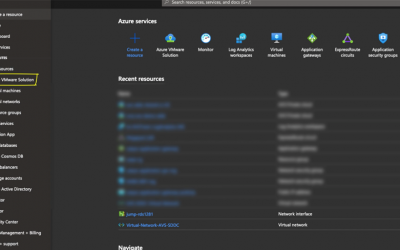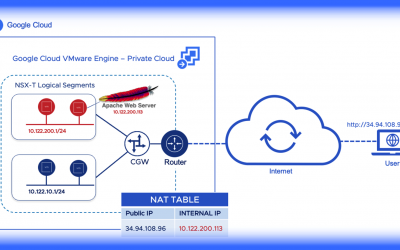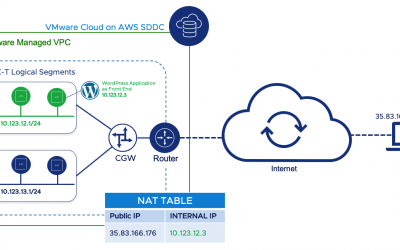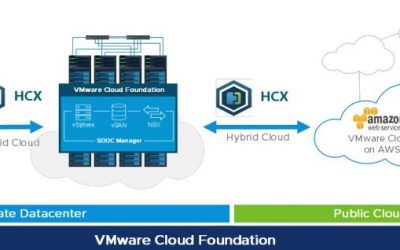Let us first start with the discussion on Cloud Migration, Customers are choosing to migrate to cloud to enjoy the benefits provided by economics of cloud. Most of the customers are in the process of application rationalization in their journey of digital transformation. The strategy available in front of us are qualified as 5 Rs that includes the following
1. Retain - Optimize the existing application and retain them as it is.
2. Rehost - Lift and Shift Applications / Workloads to cloud without any changes to the application code
3. Replatform - Minimal changes to the application and migrate them to run as Containers on Modern Infrastructures like Kubernetes
4. Refactor - Rewrite Applications using Cloud Native Solutions and migrate them from monoliths to 12 factor based microservices architecture
5. Retire - Retire the existing application and move to a newer SaaS based Platform.
Depending on organization’sneed and maturity on cloud, strategy to migrate the workloads / applications to cloudis decided and adopted. Since this is a journey, there is an emphasis on a consistent infrastructure across the infrastructure may it be a private or public cloud.This necessitates a consistent platform and experience both on premises and on public cloud. The ideal option that is being considered is a Hybrid Cloud environment. VMware Multi-Cloud Strategy provides the foundation of consistent infrastructure in a Multi-Cloud Environment and a fastest path to Cloud. VMware Multi-Cloud strategy demonstrates that VMware can be considered as a strategic partner to provide the tools and solutions to assist customers to migrate to any public Cloud, no matter which strategy to migrate is considered by organizations.

Let's discuss on how VMware Multi-Cloud Strategy addresses each of the strategy in 5R's :-
Retain:
Customers looking for a retain strategy would want to run their applications as is on-premises but at the same time would want the solution to support both legacy applications and the modern microservices based application as well. VMware Cloud Foundation (VCF) addresses this requirement by providing a Software Defined Datacenter Solution that completely virtualizes the three important components of a datacenter Compute, Storage and Network. The entire solution is policy based that allows customers to assign, modify, remove Network or Storage Policies seamlessly and effortlessly without any disruption to application or touching the physical hardware.
The platform is so robust and flexible that the organizations adopting them can provision, scale and repurpose the physical machines on-demand. Over and above VMware Cloud Foundation solutions provides a true Cloud Operating Model to the customers by reducing the administrative overheads like Day 0 & 2+ activities, which are considered cumbersome by customers running traditional datacenters. The entire stack consists of workflows to deploy the solution and provide with capabilities to patch and upgrade the components from a single console called SDDC Manager. VMware Cloud Foundation aka VCF, provides IT Operations / Admins with the tools necessary to gain insights and control into the compute, storage and network infrastructure deployed within the servers. On the other side, when we consider Application Down the developers are provided with the access to Kubernetes environments and resources by abstracting the underlying Infrastructure. Thus, VCF bridges the gap between Developers and Operations by providing them with the necessary ammunition and allow them to focus on their objectives.
Rehost:
Rehost is a strategy followed for customers planning to land on Cloud without making any changes to their application code or deployment. This is also termed as Lift n Shift by most of them. Typically Lift and Shift to public involves converting the workload format to be able to run on the public cloud. It is fine if the organization wishes to migrate to a cloud and stay there forever but in a situation where customer needs to migrate them back to on-premises or to any other Public Cloud the conversion would be needed again. This is one of the biggest concerns with organizations and a mental block for most of them in moving to cloud. VMware Cloud allows customer to overcome this challenge and help them run a consistent infrastructure not just on-premises but also on multiple hyperscaler of their choice. VMware Cloud solutions hosts the same Software Defined Datacenter on public clouds.
This provides customer with the advantage of landing on cloud at a rapid pace and re-use their existing skillsets. Customers can use VMware Hybrid Cloud Extension (HCX) to cold migrate, vMotion, bulk migrate multiple workloads to cloud seamlessly with minimal to no disruption to their services. Since the infrastructure on premises and on cloud are the same, there is no risk in terms of format conversion of the workloads while migrating to Cloud. The solution can also be extended and integrated with the Native Cloud Services of these hyperscaler to benefit from the Cloud Economics.
Replatform:
This strategy involves minor changes to the applications and migrate them to container-based platforms like Kubernetes. To be able to facilitate this, VMware offers Tanzu Kubernetes Grid (TKG) to run Kubernetes conformant clusters on top of our hypervisor and co-exist along with the legacy workloads. The entire SDDC stack of Compute, Storage and Network offers cloud native capabilities and can be consumed consistently from the Kubernetes commands. Apart from that the lifecycle of the Kubernetes clusters in terms of upgrading, patching, backup, service discovery, observability and conformance are offered as part of the Tanzu Bundles. Tanzu Kubernetes not just runs on VMware Stack but also supported to run on native public clouds of your choice and the deployment across the clouds can be governed and managed through a single console using Tanzu Mission Control.
Refactor:
Refactoring involves modifying the entire application architecture and its code base to make it a better fit to run on public cloud and enjoy the benefits provided by them. This is complex, time-consuming and attracts upfront capital expenditures. Since there is a heavy lifting needed here, this is considered as the most complex forms of migration to cloud. It not only involves modification to the application code, but also need a careful testing process and deployment process. But the benefits are multifold as it allows organizations to be agile and have a faster Go-To-Market. VMware Tanzu Portfolio with Tanzu Build Services, Tanzu Application Services, Tanzu Data Services and Tanzu Kubernetes Grid along with Tanzu Service Mesh, Tanzu Mission Control and Tanzu Observability provides a range of services to help customers in the journey of migrating to cloud through Application Refactoring.
Retire:
Another form of Cloud Migration technique is Application Retiring which is considered by organizations to get out of the hassle of building, deploying, and maintaining applications in-house. Instead, they consider getting them as a subscription through the Software as a Service platform. This allows them to concentrate on their business strategies and maintain a lean IT Team to manage the operations. SaaS offers benefits with respect to cloud economics, scalability, elasticity, and administrator complexities. Organizations adopting SaaS would still need to provide access to these applications to the workforce who may be distributed across the region and world as well. There is a need to ensure that these applications are delivered to end users with utmost security and control to any of the devices, may be corporate owned or employee owned. VMware Workspace One solution can solve this riddle to provide the applications securely to these devices, thereby giving freedom of choice to the end users at the same maintain control with the organizations.
To summarize the entire story, VMware can be considered as a single stop shop for organizations starting their journey to Cloud or already in the cloud. No matter the type of strategy they choose to migrate to cloud, there is an offering in VMware that should assist you in getting there rapidly, securely, and efficiently.
That's it for the current chapter, in my next chapter we will discuss on the different VMware Cloud offerings and their technical architecture.







0 Comments